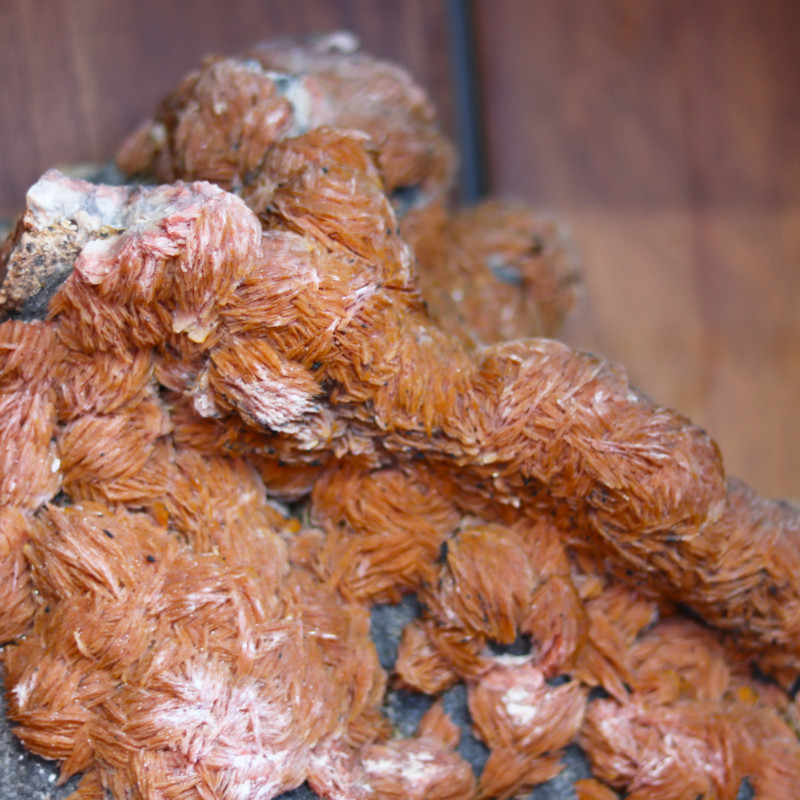
china fly ash and concrete factories
The Role of Fly Ash in the Concrete Industry in China
In recent years, the construction industry in China has experienced exponential growth, driven by rapid urbanization and infrastructural development. One significant development in this sector is the increasing use of fly ash as a supplementary material in concrete production. Fly ash, a byproduct of coal combustion in power plants, has emerged as an environmentally friendly alternative to traditional concrete materials, helping to mitigate the impact of construction on the environment while simultaneously enhancing concrete performance.
The Production of Fly Ash
Fly ash is collected from the flue gases of coal-fired power plants. As coal is burned to generate electricity, fine particles are produced and are typically captured by electrostatic precipitators or bag filters before being released into the atmosphere. In China, with its heavy reliance on coal as an energy source, fly ash production has surged. Environmental regulations have improved the management of this byproduct, encouraging its recycling and utilization in various applications, primarily concrete manufacturing.
Benefits of Using Fly Ash in Concrete
1. Enhanced Strength and Durability Incorporating fly ash into concrete mixes enhances the material’s overall strength and durability. The pozzolanic properties of fly ash, which react with calcium hydroxide in the presence of water, contribute to long-term strength gain and improved resistance to sulfate attack and alkali-silica reaction.
2. Workability Fly ash improves the workability of concrete due to its fine particle size and spherical shape, which make it easier to mix, transport, and place without segregation. This quality is particularly beneficial for large construction projects that require extensive pouring and finishing processes.
3. Sustainability Using fly ash not only addresses environmental concerns associated with waste disposal but also lessens the demand for Portland cement, a key ingredient in concrete that has a high carbon footprint. By substituting some of the cement content with fly ash, concrete producers can reduce greenhouse gas emissions significantly.
china fly ash and concrete factories

4. Cost-Effectiveness The inclusion of fly ash in concrete mix designs can lead to cost savings. Fly ash is often less expensive than cement, and its usage can lower the overall material costs while providing the desired performance attributes.
The Challenges of Fly Ash Utilization
Despite its numerous benefits, the use of fly ash in concrete production in China does come with challenges. One of the primary concerns is the variability of fly ash properties, which can affect the quality and performance of concrete. Differences in chemical composition, fineness, and the specific source of the fly ash can result in inconsistent results in concrete formulations.
Moreover, there are still some areas in the construction industry that are reluctant to adopt fly ash due to misconceptions about its quality and potential performance drawbacks. Education and outreach are essential to address these concerns and encourage wider acceptance of fly ash as a valuable resource in concrete.
The Future of Fly Ash in China’s Concrete Industry
Looking ahead, the future of fly ash in China’s concrete industry appears promising. As the country continues to prioritize sustainable development and environmental protection, the demand for eco-friendly building materials will likely increase. The Chinese government has also implemented policies to promote the utilization of industrial byproducts, including fly ash, to reduce carbon emissions and conserve natural resources.
Innovations in technology and testing methods for fly ash are expected to enhance its reliability and performance in concrete applications further. Additionally, partnerships between power generation companies and concrete manufacturers can encourage better recycling practices of fly ash, creating a circular economy in the construction sector.
In conclusion, fly ash represents a significant opportunity for China’s construction industry to become more sustainable and efficient. By leveraging this abundant byproduct, the industry can improve concrete properties, reduce environmental impact, and contribute to a greener future. As awareness and acceptance grow, fly ash is poised to become a staple in concrete production across China, paving the way for innovative construction solutions.
Share
-
Fly Ash Solutions Enhanced by GPT-4 Turbo | Sustainable InnovationNewsAug.01,2025
-
Natural Premium Bentonite Cat Litter - Superior ClumpingNewsJul.31,2025
-
Premium Resin Coated Sand - High Heat Resistance CastingNewsJul.31,2025
-
High Quality Silicon Carbide Grit for Abrasive ApplicationsNewsJul.30,2025
-
High-Quality Ceramsite for Plants & Gardening | Lightweight PebblesNewsJul.29,2025
-
Premium Burgundy Glass Marbles for Vases & Shooter GamesNewsJul.29,2025






